|
|
In this scene from ”The Late Christopher Bean” the actors are:- Myra Dawson, Margaret Duffy, Rona Miller, Vera Evans and Albert Allen. The play was produced by Nick Marshall, who took one of the parts. Bill Shaw, Tom Dack and Maurice Trembath were also in the cast. This photograph was taken by Bill Shaw.
Image courtesy of Loftus Town Crier Group.
A newspaper cutting in the scrap book is headed ”Another Successful Production” and starts – ”Lack of stage room is an obvious handicap to Loftus and District Arts Club in presenting plays, but in the adaptation by Emlyn Williams of Rene Fauchoi’s ”The Late Christopher Bean” in the Town Hall on Tuesday and Wednesday, producer Nick Marshall and stage manager W. Carter solved the difficult problem. The setting demands three entrances to a room and the manner in which this was contrived was very commendable.” This is a water colour sketch for the design of the set by H. Kitchener.
Image courtesy of Loftus Town Crier Group.
This photograph of the presentation to Jim Duffy at his farewell party was taken by Bill Shaw. Pictured are: Councillor L. Senior, Mrs. J. Duffy, Mr. Jim Duffy, Mrs. L. Snowdon, Mr. Lewis Snowdon (President), Mrs. Hollis (General Secretary).
All images in this series courtesy of Loftus Town Crier Group.
The bridal party at the wedding of Mr George Gordon Knaggs and Miss Elsie Mary Garnett in August 1939. The older local people will remember Gordon Knaggs as the owner of the Daisy Dairy in Loftus and Miss Garnett as the daughter of the undertaker Harry Garnett who lived in Carlin How. We now have an update and can identify all those in the picture, from left to right we have: Henry Knaggs (Groom’s father), Alice Knaggs (Groom’s mother), John Speechly, Florence Mary Knaggs (Groom’s sister), George Gordon Knaggs, Elsie Mary Garnett, Vincent Raspison (Best Man), Nora Gwendoline Garnett (Bride’s sister), Lilian Skilbeck (Groom’s aunt), Annie Garnett (Bride’s mother), Hannah Maymen, Arthur Garnett (Bride’s father).
Image from a cuttings file held by the Archive; thanks to Howard Wilson for identification of all present.
Miners who work in a mine beneath the road inspecting one of the huge cracks on Mill Bank, 2nd of March 1937.
Images are from our cuttings file (in the main from the Evening Gazette).
26th August 1937 and work has stopped on the building of Muriel Terrace in Carlin How because of the subsidence.
Images are from our cuttings file (in the main from the Evening Gazette).
The pavement of Muriel Terrace 26th August 1937 which has been badly affected by subsidence.
Images are from our cuttings file (in the main from the Evening Gazette).
The Talbot furnace at Skinningrove works. Eric Johnson advised: ”A view of the front side, of a 120 ton Talbot furnace. The charging pans on the right contain (galley) iron ore, on the far side of the furnace the pans contain lime. The furnace doors are water cooled, added after oil firing was introduced. To the left of the Melter, in front of the door is a stand used for the hot metal chute.” Does anyone know the name of the gentleman standing rather close it looks to me.
Image and supporting information courtesy of Eric Johnson.
Excavating the new reservoir for Skinningrove works. Steve Partlett tells us: ”Part of this reservoir still exists. It was on the edge of the cliffs, to the north of jetty bank top. One of it’s purposes was to provide storage for No5 Blast furnace cooling water. The concrete block in the middle of the photograph was where the pipes left the reservoir to feed the pumphouse which was built just in front of the block. This probably means the photo was taken sometime during the building of No5 Furnace, (early fifties, I think)and was possibly taken from the top of one of the older Blast furnaces. There was also a large tank supported on a steel trestle in front of the mound in the lower right of the photograph. This provided the “head” of cooling water for a while in case the pumps failed. A Laboratory was built into the steel support trestle. Due to it’s height this tank was visible from the beach below.”
Image and information courtesy of Eric Johnson, thanks to Steve Partlett for the update.
Although it sounds more like a dance than a machine used on the steel works, Brian Young tells us: ”The Lamberton was used to straighten various “raw” steel sections after rolling from the 36″mill. The Lamberton was fed via rollers and skids, after straightening each bar was shoved off onto benches manually.” Tony Shaw assists with: “This is the 53″ Lamberton straightener seven shafts, this machine was recently replaced, the 26″ straightener nine shafts was replaced a few years ago.” Michael Graham tells us: ”We used two of these machines in No 9 mill Cleveland works”.
Image courtesy of Eric Johnson and thanks to Brian Young, Tony Shaw and Michael Graham for the updates.
|
|
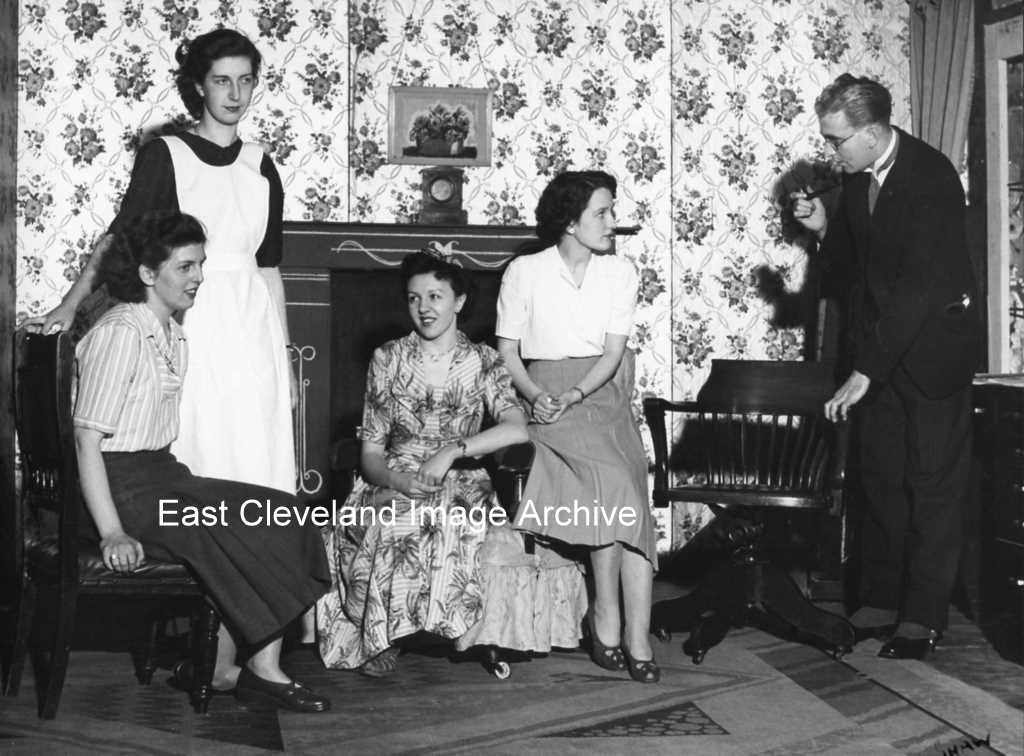
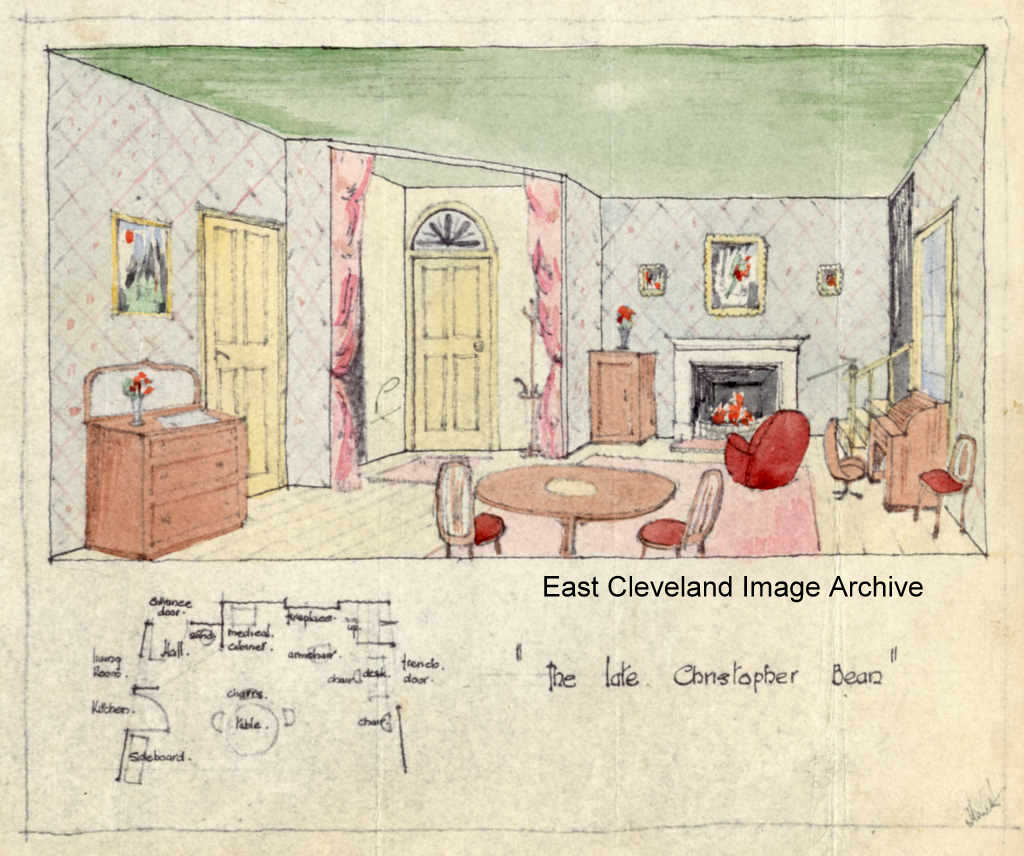
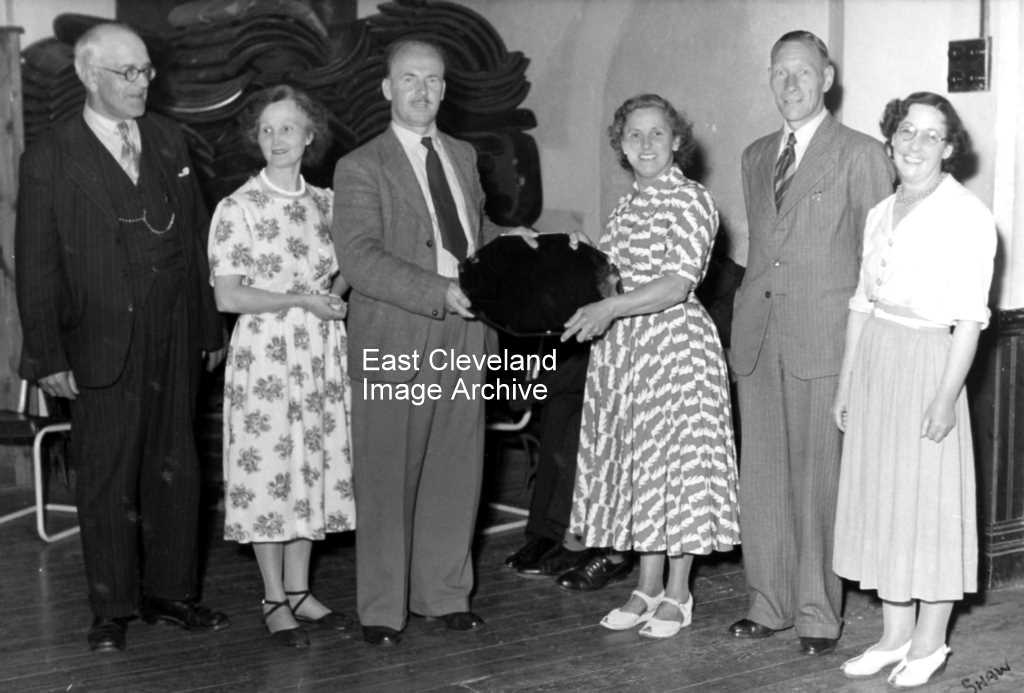
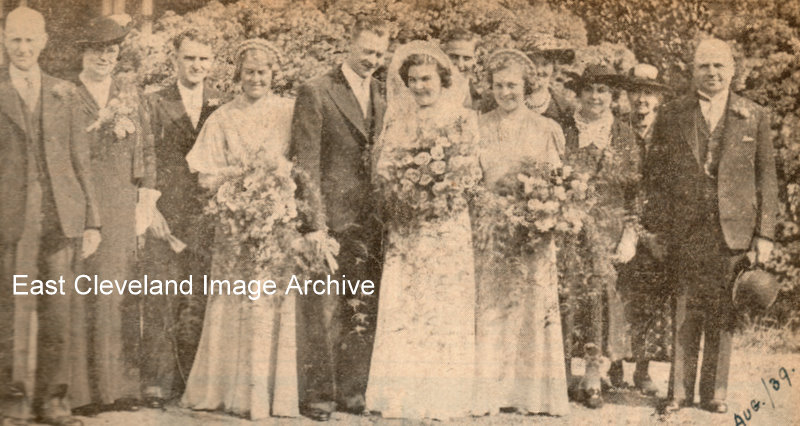
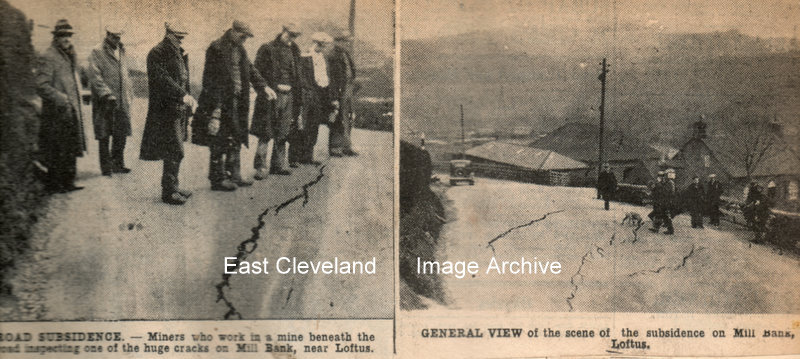
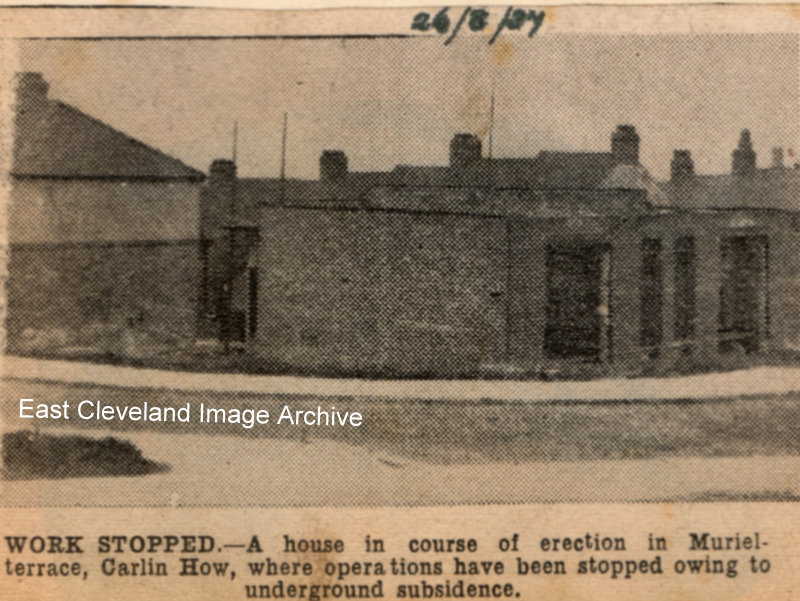
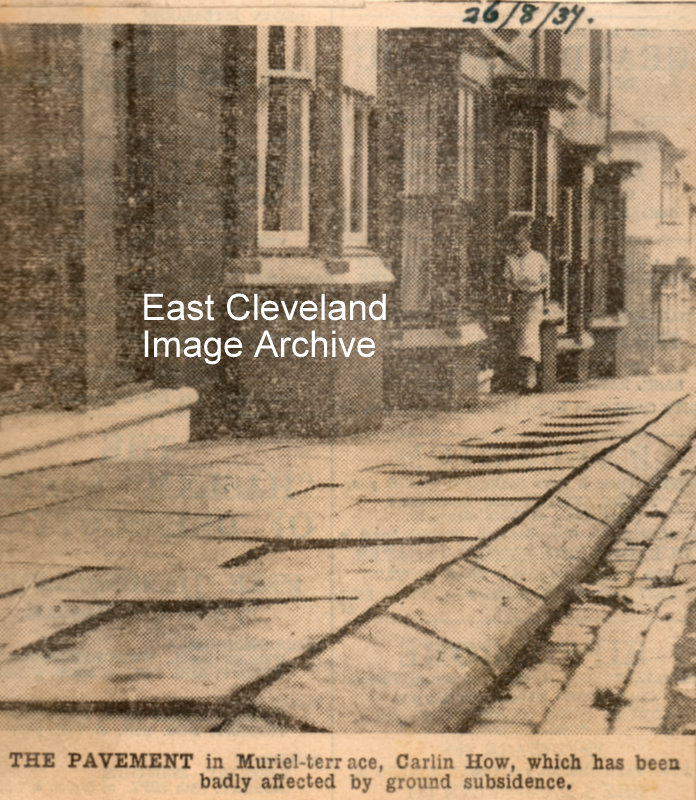
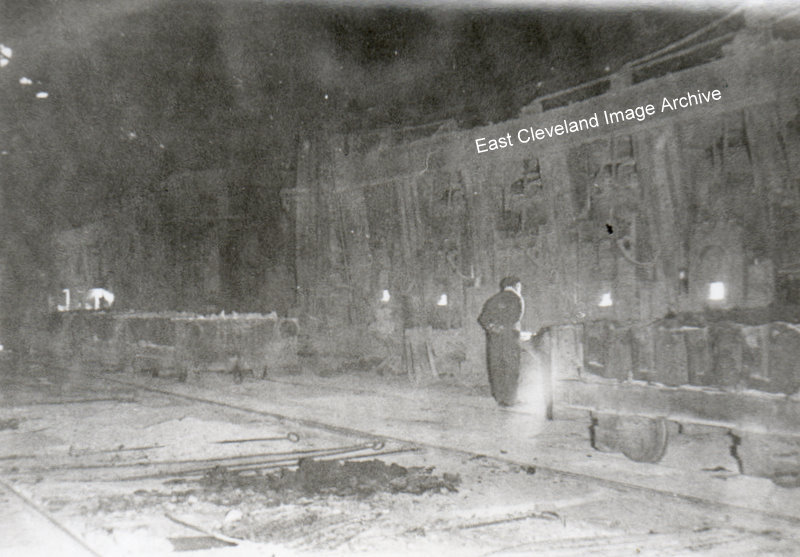
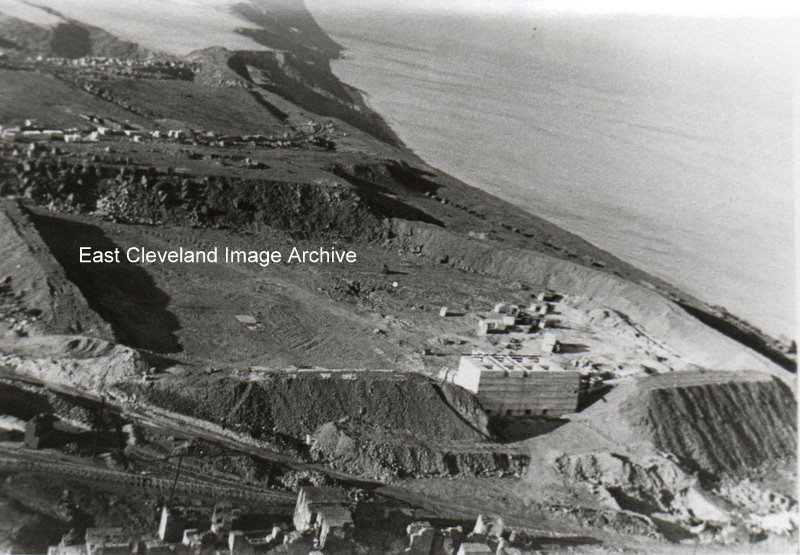
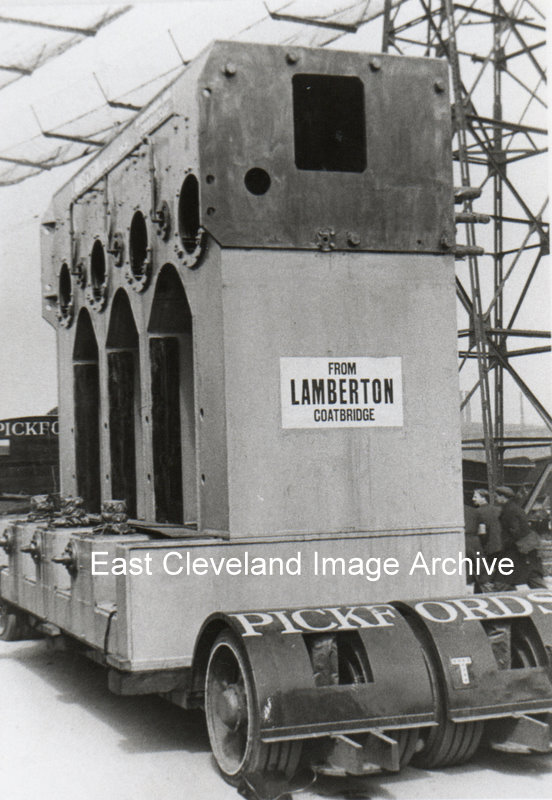
Recent Comments